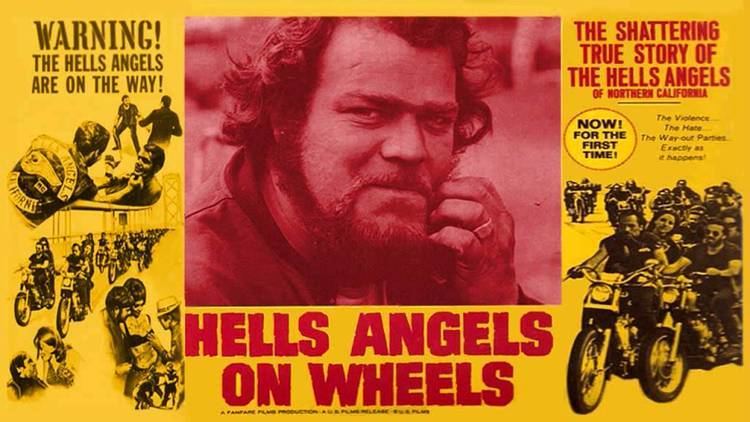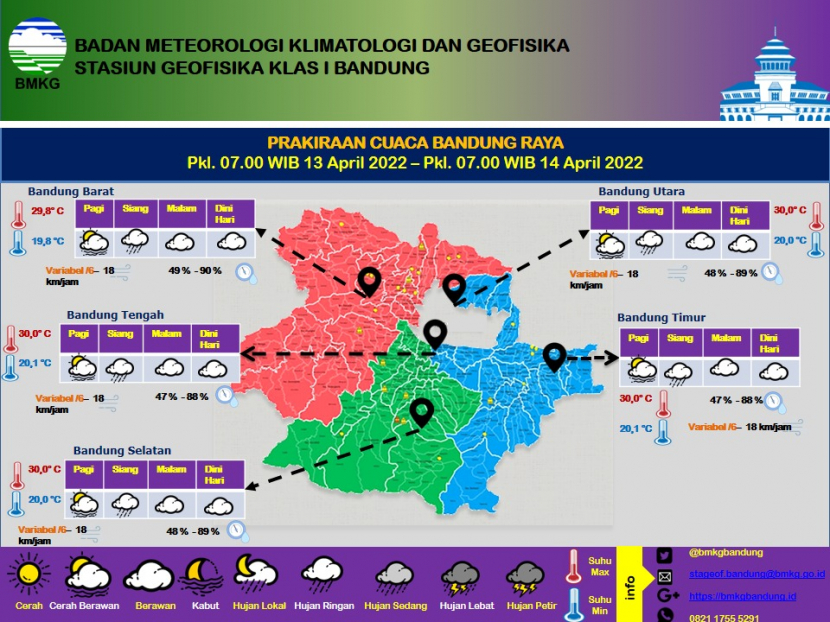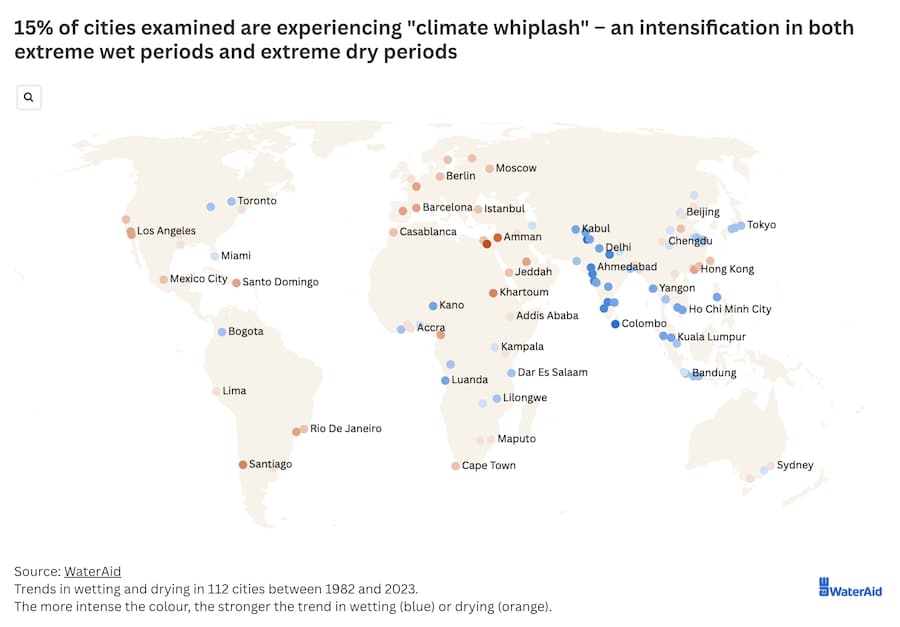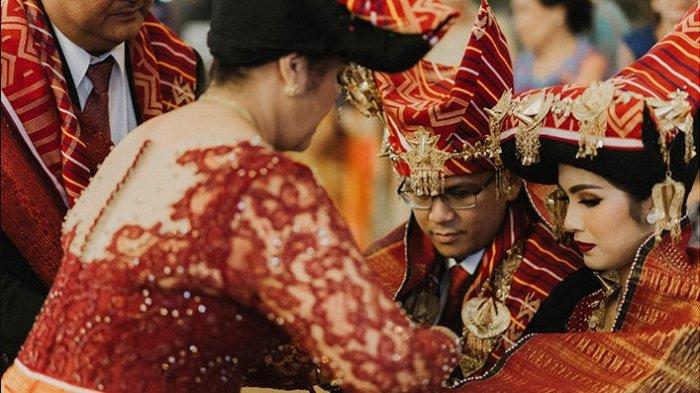The Hells Angels: A Sociological Study

Table of Contents
The History and Evolution of the Hells Angels
Early Years and Formation
The Hells Angels Motorcycle Club originated in California in 1948, emerging from a post-war counterculture and a burgeoning motorcycle racing scene. Early members, drawn from diverse backgrounds, were united by a shared passion for motorcycles and a rebellious spirit. Their initial activities, while often involving bar fights and brawls, laid the groundwork for the club's later, more organized criminal enterprises.
- Geographical origins: Founded in San Bernardino, California.
- Initial membership: A loose collection of veterans and motorcycle enthusiasts.
- Early activities: Motorcycle racing, barroom brawls, and petty crime.
- Early club symbols and insignia: The iconic "Death Head" logo began to solidify their identity.
Expansion and Territorial Disputes
From their California roots, the Hells Angels expanded aggressively across the United States and internationally, establishing chapters in various cities and countries. This expansion was often marked by violent conflicts and territorial disputes with rival OMGs like the Bandidos and Mongols. Control over lucrative drug trafficking routes and other criminal enterprises fueled these clashes.
- Key periods of expansion: The 1960s and 70s saw significant growth, both domestically and abroad.
- Major rivalries: Ongoing conflicts with the Bandidos, Mongols, and other motorcycle gangs shaped their history.
- Strategies for territorial control: Violence, intimidation, and strategic alliances were employed to secure territory.
- The role of violence in expansion: Violence served as a tool to establish dominance and eliminate competition.
The Hells Angels Today
The Hells Angels maintain a significant global presence today, with chapters operating across numerous countries. However, the structure and activities of individual chapters can vary considerably. While motorcycle culture remains central to their identity, their criminal activities have diversified, encompassing a wide range of organized crime. Law enforcement agencies worldwide continue to monitor and target their operations.
- Current chapter locations: Chapters span the globe, with a strong presence in North America and Europe.
- Diversification of criminal activities: Involvement extends beyond traditional OMG activities to sophisticated criminal enterprises.
- Ongoing law enforcement efforts: International cooperation and sophisticated investigative techniques are employed to combat their activities.
- Shifting demographics within the club: The club's membership is evolving, reflecting changes in broader society.
Social Structure and Organization of the Hells Angels
Hierarchy and Membership
The Hells Angels operate with a strict hierarchical structure. Membership is highly selective, involving a rigorous process of initiation and proving loyalty. The hierarchy ensures order and control, with clear lines of authority and responsibility.
- President: The ultimate authority within a chapter.
- Vice President: Second in command, often responsible for day-to-day operations.
- Sergeant at Arms: Enforces club rules and maintains discipline.
- Prospect: An individual undergoing the probationary period before becoming a full member.
- Full Member: A fully patched member with voting rights and full privileges.
- Patching-in ceremony: A formal ritual marking the transition to full membership.
- Requirements for membership: Demonstrated loyalty, adherence to club rules, and participation in criminal activities.
- Codes of conduct: Strict rules govern members’ behavior, both within and outside the club.
Internal Dynamics and Social Control
Despite the violence associated with the Hells Angels, internal social control mechanisms are crucial for maintaining cohesion and order. Rituals, traditions, and sanctions ensure compliance with club rules and prevent internal conflicts from escalating.
- Importance of brotherhood and loyalty: Strong bonds of loyalty and brotherhood are essential to the club's structure.
- Mechanisms for resolving internal conflict: Internal disputes are often addressed through club-sanctioned processes.
- The role of initiation rites: Initiation rituals reinforce loyalty and commitment to the club.
- Enforcement of club rules: Strict enforcement of rules maintains order and discipline within the ranks.
The Role of Rituals and Symbols
The Hells Angels utilize rituals and symbols to reinforce group identity and cohesion. The iconic "Death Head" logo, customized motorcycles, and specific colors and patches serve as powerful symbols of their subculture.
- The meaning of the "Death Head" logo: Represents defiance, rebellion, and a disregard for authority.
- Significance of patches and colors: Specific colors and patches signify membership and rank within the club.
- Motorcycle customization as a form of expression: Individualized motorcycles serve as a means of self-expression and group identification.
- Annual club runs and events: Large gatherings reinforce group identity and camaraderie.
Criminal Activities and Economic Activities of the Hells Angels
Drug Trafficking and Other Criminal Enterprises
The Hells Angels are extensively involved in various criminal activities, with drug trafficking often forming a significant component of their income generation. They are also involved in weapons smuggling, extortion, and other organized crime.
- Types of drugs trafficked: Cocaine, methamphetamine, marijuana, and other illicit substances.
- Methods of distribution: Sophisticated networks are used to distribute drugs across national borders.
- Involvement in money laundering: Complex schemes are employed to conceal the proceeds of their criminal activities.
- Connections to other criminal organizations: The Hells Angels often collaborate with other organized crime groups.
Legal Businesses and Legitimate Enterprises
While primarily known for their criminal activities, the Hells Angels sometimes engage in legitimate businesses, often as a means of concealing illicit funds. These businesses provide a front for money laundering and other illegal activities.
- Examples of legitimate businesses (if any): Bars, nightclubs, and other businesses that can be used to launder money.
- Strategies for money laundering through legitimate channels: Sophisticated methods are used to disguise the origin of illegal funds.
- Tax evasion techniques: Illegal methods are used to avoid paying taxes on criminal proceeds.
Law Enforcement Responses and Countermeasures
Law enforcement agencies worldwide employ various strategies to combat Hells Angels' activities. These strategies include undercover operations, RICO Act prosecutions, and international collaboration.
- Undercover operations: Infiltrating the club to gather evidence and disrupt their operations.
- RICO Act prosecutions: Using the Racketeer Influenced and Corrupt Organizations Act to dismantle the club's criminal enterprises.
- International collaborations: Sharing information and coordinating efforts across national borders.
- Asset forfeiture: Seizing assets acquired through illegal activities.
The Hells Angels and Society: Cultural Impact and Public Perception
Media Portrayals and Public Opinion
Media portrayals of the Hells Angels have often contributed to sensationalized and stereotypical views. This coverage can influence public opinion and shape responses to their activities.
- Stereotyping in movies and television: The Hells Angels are frequently depicted as violent and ruthless criminals.
- Sensationalized news coverage: News reports often focus on the most dramatic aspects of their activities.
- Public perception vs. reality: Public perception is often shaped by media portrayals rather than objective analysis.
- Impact of media coverage on law enforcement strategies: Media coverage can influence public opinion and shape law enforcement strategies.
The Hells Angels as a Subculture
The Hells Angels represent a distinct subculture, characterized by a set of shared values, beliefs, and lifestyles that are often in direct opposition to mainstream society. This counterculture identity plays a significant role in maintaining group cohesion and loyalty.
- Rebellion against mainstream society: Their lifestyle is often seen as a rebellion against societal norms and expectations.
- Counter-cultural values: Emphasis on freedom, independence, and brotherhood.
- Importance of motorcycle culture: Motorcycles serve as a central element of their identity and lifestyle.
- Social networks and community within the club: Strong social bonds and a sense of community are integral to the club's structure.
Conclusion
This sociological study of the Hells Angels has examined their history, social structure, criminal activities, and cultural impact. Understanding the intricate dynamics within this outlaw motorcycle gang provides valuable insights into the complexities of organized crime, subcultures, and the ongoing challenges of law enforcement in addressing gang violence. Further research into the Hells Angels, focusing on specific chapters and their evolving criminal enterprises, is crucial to developing effective strategies for combating their activities and mitigating their impact on society. Continued study of the Hells Angels, using a sociological lens, is vital for understanding this complex phenomenon and informing effective policy responses. Understanding the Hells Angels and similar OMGs is critical for effective law enforcement and societal protection.

Featured Posts
-
 Mathieu Van Der Poels Tirreno Adriatico Bike A Custom Canyon Aeroad
May 26, 2025
Mathieu Van Der Poels Tirreno Adriatico Bike A Custom Canyon Aeroad
May 26, 2025 -
 Find Your Perfect Nike Running Shoe In 2025 Style And Performance
May 26, 2025
Find Your Perfect Nike Running Shoe In 2025 Style And Performance
May 26, 2025 -
 David Hockney And A Bigger Picture A Study Of His Artistic Evolution
May 26, 2025
David Hockney And A Bigger Picture A Study Of His Artistic Evolution
May 26, 2025 -
 Rtbf Debat Sur Le Nouveau Siege Et La Demande D Historique De La Ministre Galant
May 26, 2025
Rtbf Debat Sur Le Nouveau Siege Et La Demande D Historique De La Ministre Galant
May 26, 2025 -
 Teslas Future How Elon Musks Temper Impacts The Company
May 26, 2025
Teslas Future How Elon Musks Temper Impacts The Company
May 26, 2025
Latest Posts
-
 The Devastating Effects Of Climate Whiplash On Cities Across The Globe
May 28, 2025
The Devastating Effects Of Climate Whiplash On Cities Across The Globe
May 28, 2025 -
 Prakiraan Cuaca Jabar Besok 7 5 Antisipasi Hujan Lebat
May 28, 2025
Prakiraan Cuaca Jabar Besok 7 5 Antisipasi Hujan Lebat
May 28, 2025 -
 Western Massachusetts Facing Increased Rainfall From Climate Change
May 28, 2025
Western Massachusetts Facing Increased Rainfall From Climate Change
May 28, 2025 -
 The Impact Of Dangerous Climate Whiplash On Cities A Report Summary
May 28, 2025
The Impact Of Dangerous Climate Whiplash On Cities A Report Summary
May 28, 2025 -
 Cuaca Sumatra Utara Ramalan Cuaca Terbaru Untuk Medan Karo Nias Toba
May 28, 2025
Cuaca Sumatra Utara Ramalan Cuaca Terbaru Untuk Medan Karo Nias Toba
May 28, 2025
